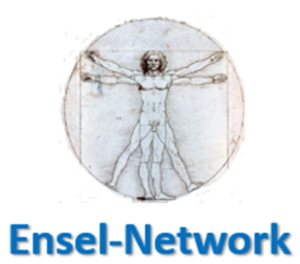Topic 4
Perfilado de sección
-

When a person thinks of telemedicine the first thought that will pop in their mind is a teleconference with a doctor about acute health situations. So, there is no doubt that telemedicine is a great help in acute cases but is actually more than that. Telemedicine can help in different ways. The types of telemedicine that we are going to discuss:
- Medications management
- Triage
- Prevention
- Real-time/ live telemedicine
- Remote patient monitoring:
- Store-and-forward
- Specialist consulting
Medication management
Patients with chronic diseases usually receive medication for a long time. when patients start taking new medication, it usually takes a while for the caregivers to find out whether the medication is effective and whether the patients have the correct dosage. the patients and caregivers have to address the side effect to determine if it is the right medication for the patients. The use of telemedicine by video and audio can ensure that the med checks can happen as much as necessary without placing a burden on both parties.
Triage
Patients with chronic illness can develop new symptoms. It is often difficult for the doctor to determine by telephone whether it is an underline of a disease or a new disease that needs to be treated. Telemedicine can be used to quickly assess the new symptoms via video conversation. This way patients can be reassured or start a new treatment if the symptoms indicate a new disease.
Prevention
Some patients can be a risk group for a certain chronic illness. To prevent them from developing chronic disease, patients usually need to change their lifestyle to ensure that patients are successful they need monitoring and support. It is often very difficult to book such an appointment, which is why telemedicine can play an effective role.
Real-time/live Telemedicine
real-time/live telemedicine makes it for patients and doctors easy to have a visit anytime and anywhere they want. it is a two-way communication that let patient and health care providers communicate in real-time.
Remote patient monitoring
This type of telemedicine allows health care providers to monitor patients from far. Using RPM (remote patient monitoring) can cut down on the time that the patient spends in the hospital. Especially for patients with chronic conditions is very effective to spend time at home instead of in the hospital. Nowadays technology is so evolved that patients do not monitor themselves, but rather vital health data will be shared with the doctor and other health care providers automatically. Thanks to this technology the doctor can provide much better care and take action immediately by any signs of trouble.
Store-and-forward
Store and forward ensures that patient data and medication data are accessible across long distances. a caregiver can collect, upload and leave the required information for the doctor to assess it later. The advantage of this type of telemedicine is that it is not necessary to be assessed immediately by the receiving doctor. another big advantage is that there is no appointment required, therefore, this type of telemedicine is often used to assess minor medical issues. a lot of specialism uses this type of telemedicine to offer better care. Therefore, several systems ensure that all this information is integrated into a single record for each patient.
Specialist consulting
Specialist consulting is deployed to improve the collaboration between the medical team and to offer patients the best care and save them the long journey. through safe video conferencing with or without the patients in the communication room, the patient information can be quickly and completely shared with a specialist. this type of telemedicine has a big advantage in remote places, where the hospitals are far away. This type of telemedicine. In some hospitals and clinics, special examination cameras are available so that the specialized can get a better picture of the condition of the patient
The video below shows how some telemedicine devices are used
